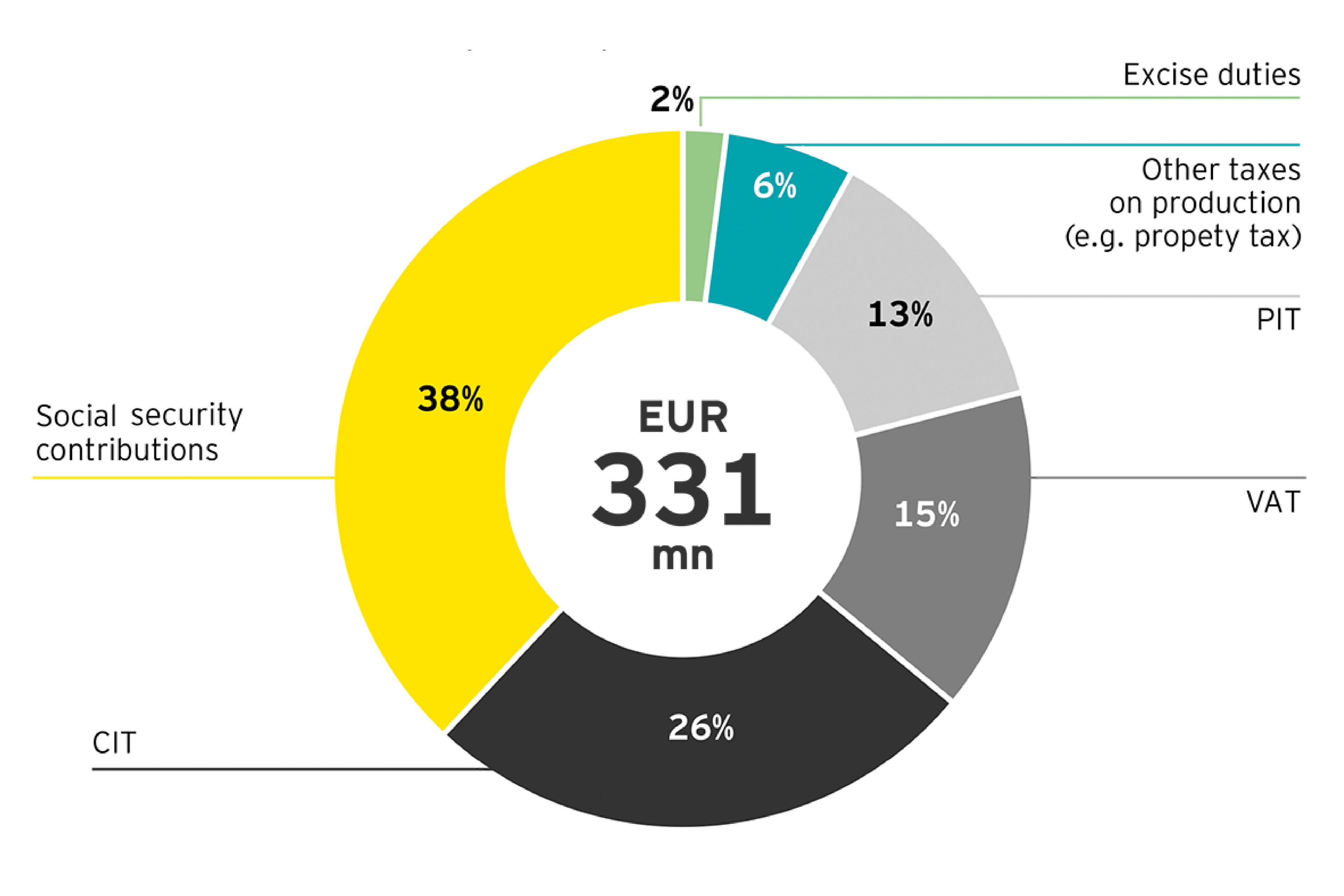Economic Impact Assessment
Economic impact assessment / economic impact analysis (EIA) conducted by EY EAT is a formalised analysis of the overall economic impact of a single firm, investment project or sector on the national and/or local economy.
What EY can do for you
Economic impact assessment (EIA) conducted by EY EAT is a formalised analysis of the overall economic impact of a single firm, investment project or sector on the national and/or local economy.
This impact consists not only of the goods or services produced, jobs generated or taxes paid by the company/investment/sector itself. In fact, it is much wider and includes the generation of additional production in the economy: by the suppliers, via spending of all employees in the supply chain and the analysed company/investment/sector itself (so-called “upstream” or “demand” effects), and sometimes also via effects on distribution/sales chains (so-called “downstram” or “supply” effects) and/or related to product’s characteristics (so-called “catalytic effects”).
What distinguishes EY EAT from the competition is the development of the unique EY Spectrum model that allows EY EAT to conduct economic impact assessment analyses not only at the national but also at the local level (for example at the NUTS-3 level for any EU country, at counties level in the US).
Team
Contact us
Interested in the changes we have made here,
contact us to find out more.






